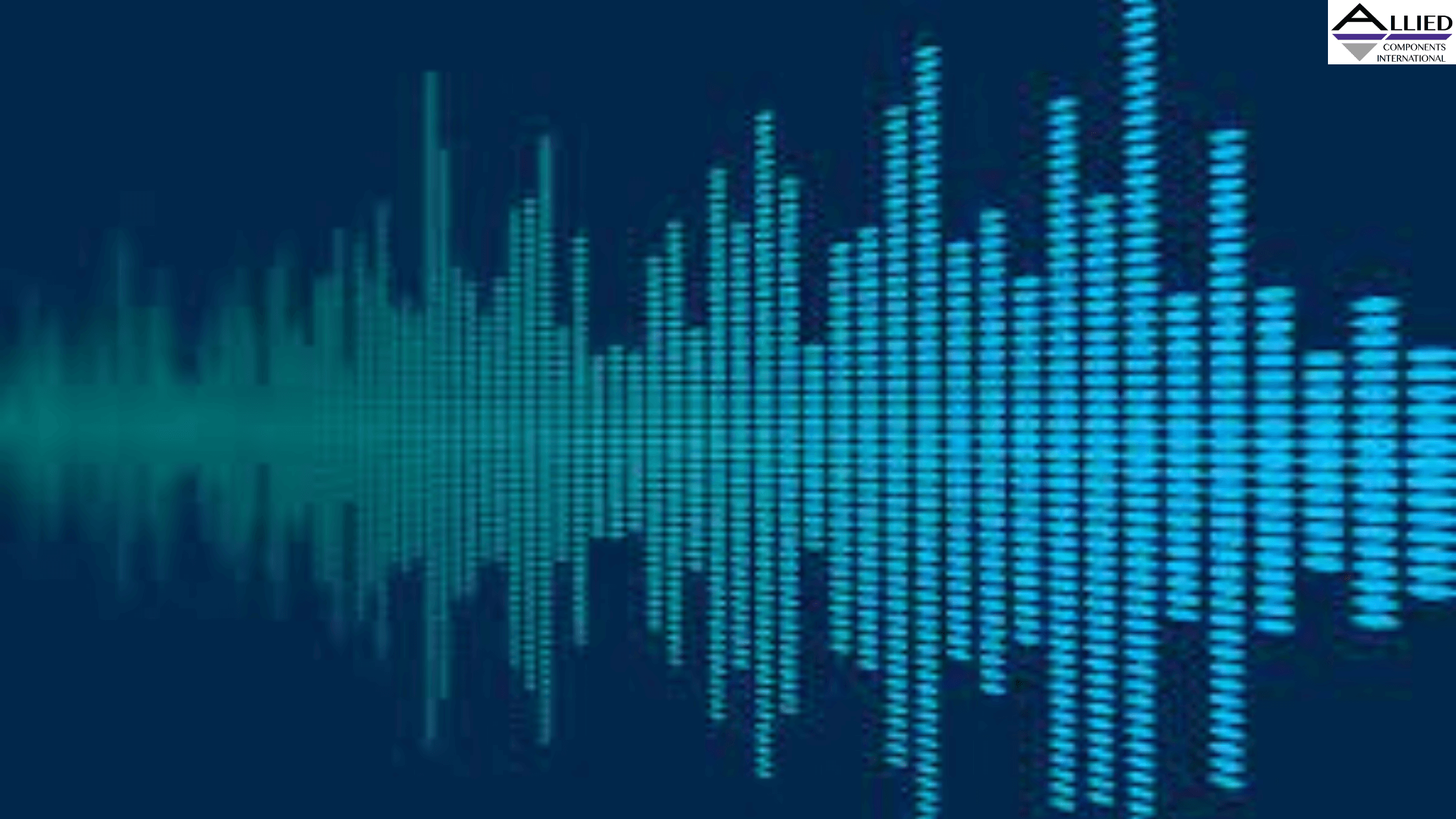Understanding How Digital Signal Processing Works

Digital signal processing (DSP) has multiple applications across various industries. Unlike analog signal processing, DSP is versatile and offers plenty of advantages in processing signals like sound or video. Here’s a look at how DSP works and what benefits it can offer.
What Is Digital Signal Processing?
Digital signal processing is the manipulation of real-world analog signals that have been digitized. The analog inputs can be a voice, video, position, etc.
Analog Signal Processing
Pressures, images, videos, and audio are examples of analog signals that are processed in a broad array of real-world science and engineering applications. With analog signal processing, these inputs are processed raw—there’s no need to digitize them before processing and convert them back to analog before output.
Shortcomings of Analog Digital Processing
Disadvantages of analog signal processing include:
- The system is susceptible to varying electrical component values
- Analog circuits are not flexible
- The system is not ideal for programming applications
- It’s not suitable for mathematical operations like multiplying and dividing
How DSP Processing Can Address These Drawbacks
Digital signal processing systems can remedy most challenges associated with analog processing. The key benefits of DSP are:
- Digital circuits are less impacted by component variations
- Digital circuits are more flexible, meaning certain changes can be accommodated without hardware modifications
- Digital circuits are programmable and highly suited to mathematical and logical operations
A typical DSP circuit has the following key components:
- Signal processing block
- Analog-to-digital (A/D) converter
- Digital-to-Analog (D/A) converter
Analog-to-Digital Signal Conversion
The role of the ADC is to generate a binary code for each real-world analog input. It does this by quantizing and comparing the amplitude of each input sample with its discrete levels (for example, 16 discrete levels for a 4-bit converter). It processes the analog input signal at pre-determined, regular sampling intervals.
Digital-to-Analog Conversion
The D/A converts the processed signal to an analog equivalent. In an audio DSP application, you can incorporate a tempo or pitch-adjusting function to refine the output. The perfect sound may then be played on a speaker.
The DSP Block
After the analog signal has been converted, its processing occurs within the “digital signal processor” block. The DSP is a programmable computing engine that can access algorithmic instructions and data to perform logical and mathematical functions. In a typical fourth-order finite impulse response (FIR) filter, the circuit comprises five digital multiplication components, four adders, and a few delay elements.
Digital Signal Processing Technology
In today’s digital world, DSP circuits have many useful applications, including:
- Radar positioning
- Audio and video compression
- Speech analytics/recognition
- Digital image processing
For more information on modern digital technologies and products, contact us at Allied Components International. We manufacture high-quality electronic devices, including telecom magnetics, transformers, and connectors.


